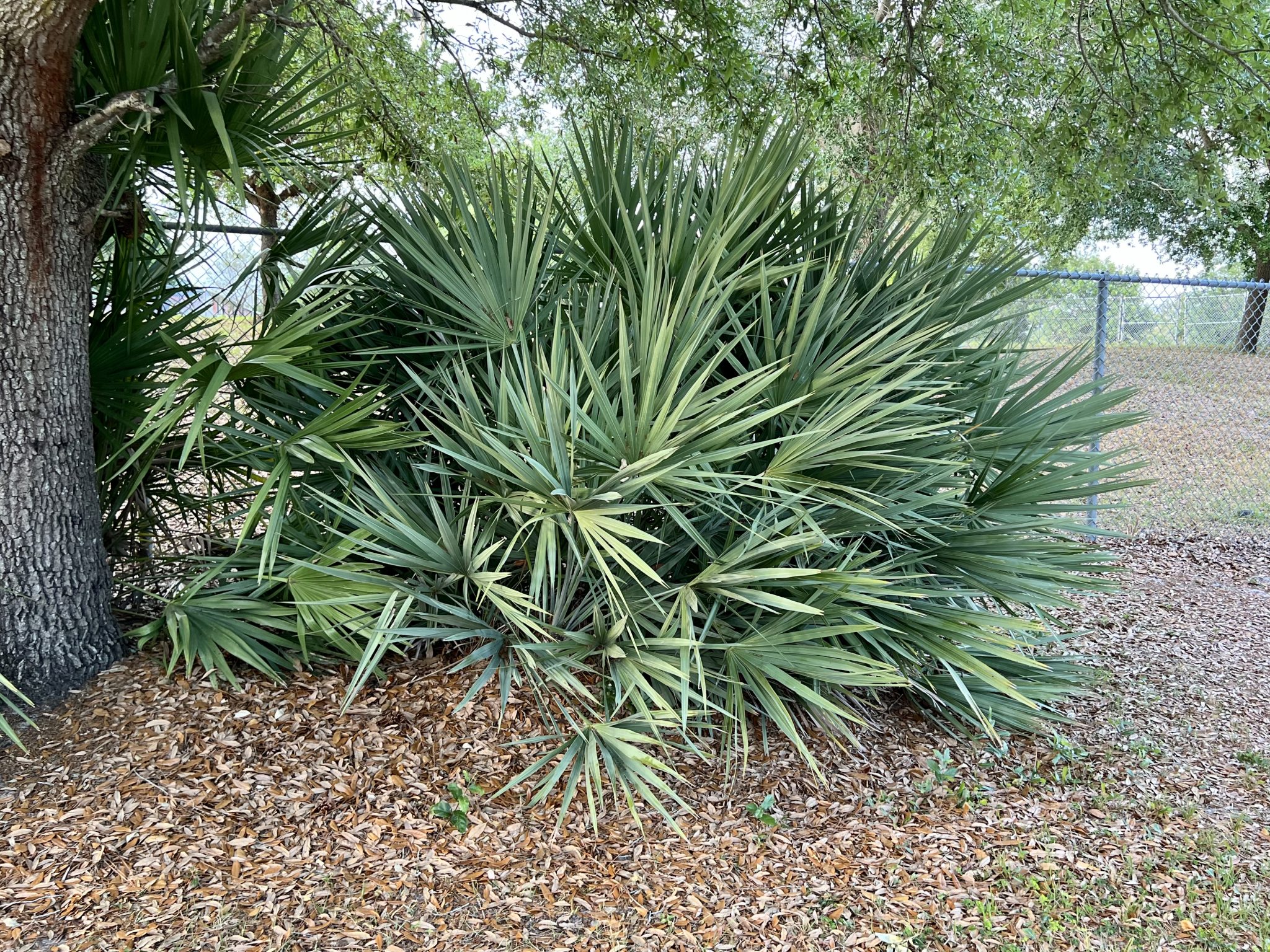
Saw Palmetto
Serenoa repens
Basic Information
🌿 Family: Arecaceae🗺️ Zone: 8-10
Other Names:
- Scrub Palm
- Silver Saw Palmetto
🌡️ Ideal Temperature : 65°F (18°C)°F – 75°F (24°C)°F
🔥 Heat Tolerance: Up to 95°F (35°C)°F
❄️ Cold Tolerance: Down to 15°F (-9°C)°F
🌱 Type: Perennial
Layers
- Shrub
Functions
- Edible
- Medicinal
- Wildlife Attractor
- Ground Cover
- Erosion Control
Pests
No pests associated with this plant.
Companions
- Longleaf Pine
- Slash Pine
- Live Oak
Plants to Avoid
- None specified
Description
Saw Palmetto is a slow-growing, clumping palm native to the southeastern United States. It typically reaches heights of 1.5 to 3 meters (5 to 10 feet) and spreads 1.2 to 3 meters (4 to 10 feet) wide. The plant features fan-shaped fronds with sharp, saw-like teeth along the petioles, giving it its common name. Leaf color varies from green to silvery-blue, especially in coastal regions. Saw Palmetto thrives in full sun to partial shade and is highly adaptable to various soil types, including sandy and well-drained soils. Once established, it is both drought-tolerant and moderately salt-tolerant, making it suitable for coastal landscapes. The plant produces small, fragrant, cream-colored flowers, followed by bluish-black drupes that ripen between August and October.
✂️🫘 Methods to Propagate:
- **Seeds:** Sow fresh seeds in well-draining soil; germination may take several months.
- **Division:** Separate suckers from the parent plant and replant them.
🌞💧 Sun and Water Requirements:
- **Sun:** Prefers full sun but tolerates partial shade.
- **Water:** Drought-tolerant once established; occasional watering promotes growth.
🧑🌾👩🌾 When to Harvest:
- **Berries:** Harvest ripe berries in late summer to early fall (August to October).
Purpose
- **Edible:** The berries serve as a food source for various wildlife species.
- **Medicinal:** Extracts from the berries are used in alternative medicine, particularly for urinary and prostate health.
- **Wildlife Attractor:** Provides habitat and food for birds, mammals, and insects.
- **Ground Cover:** Its dense growth habit helps suppress weeds and stabilize soil.
- **Erosion Control:** The extensive root system aids in preventing soil erosion.